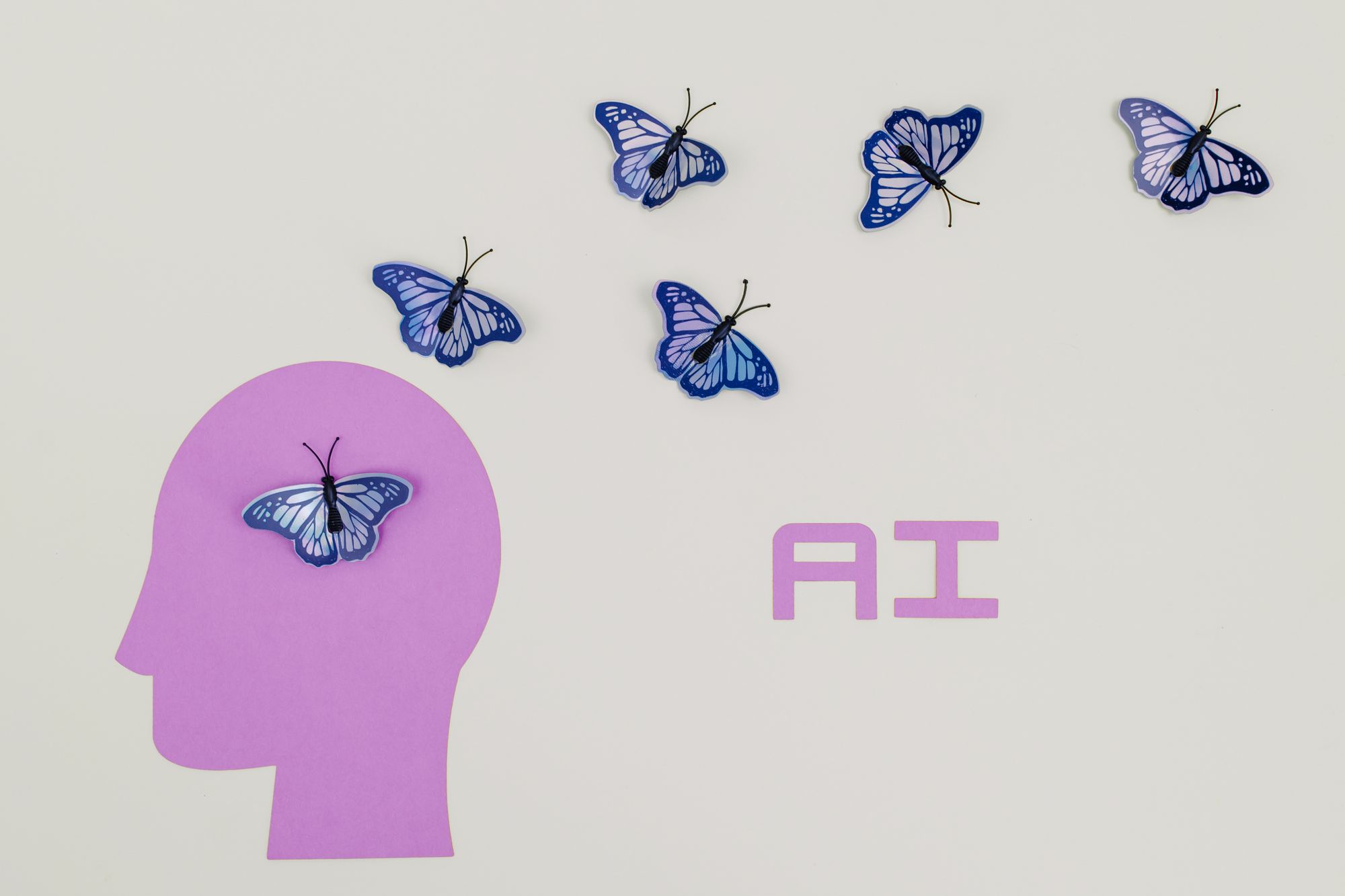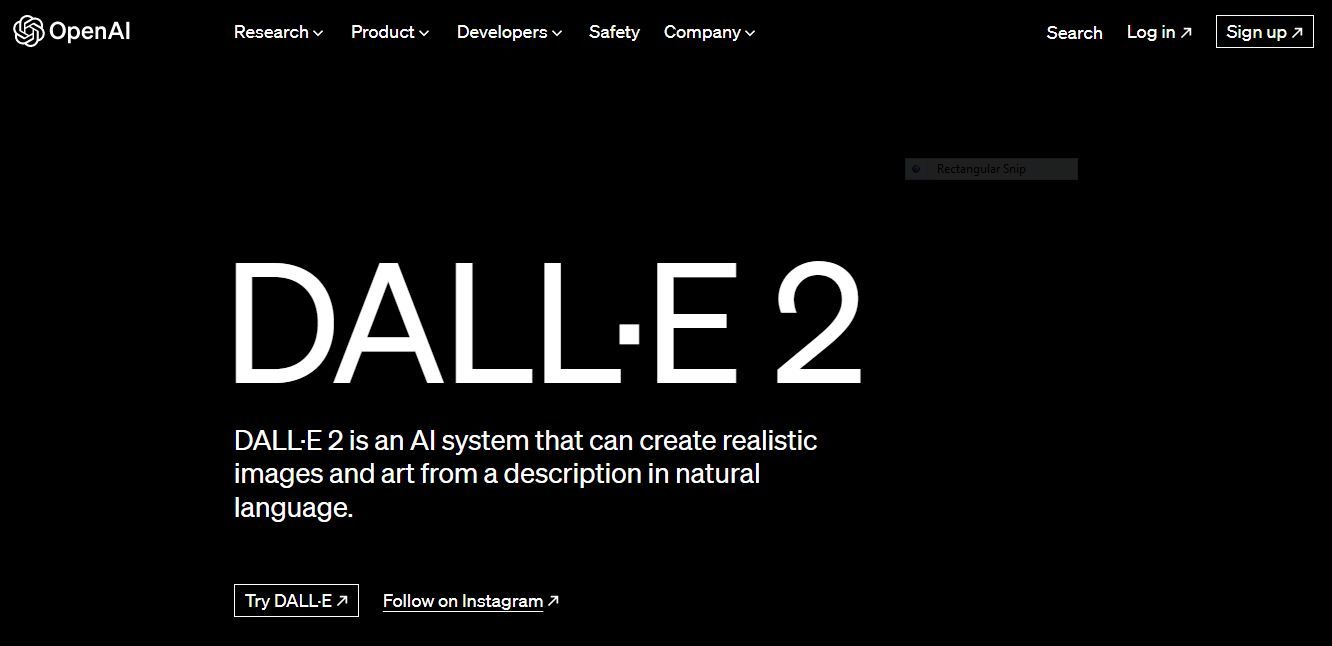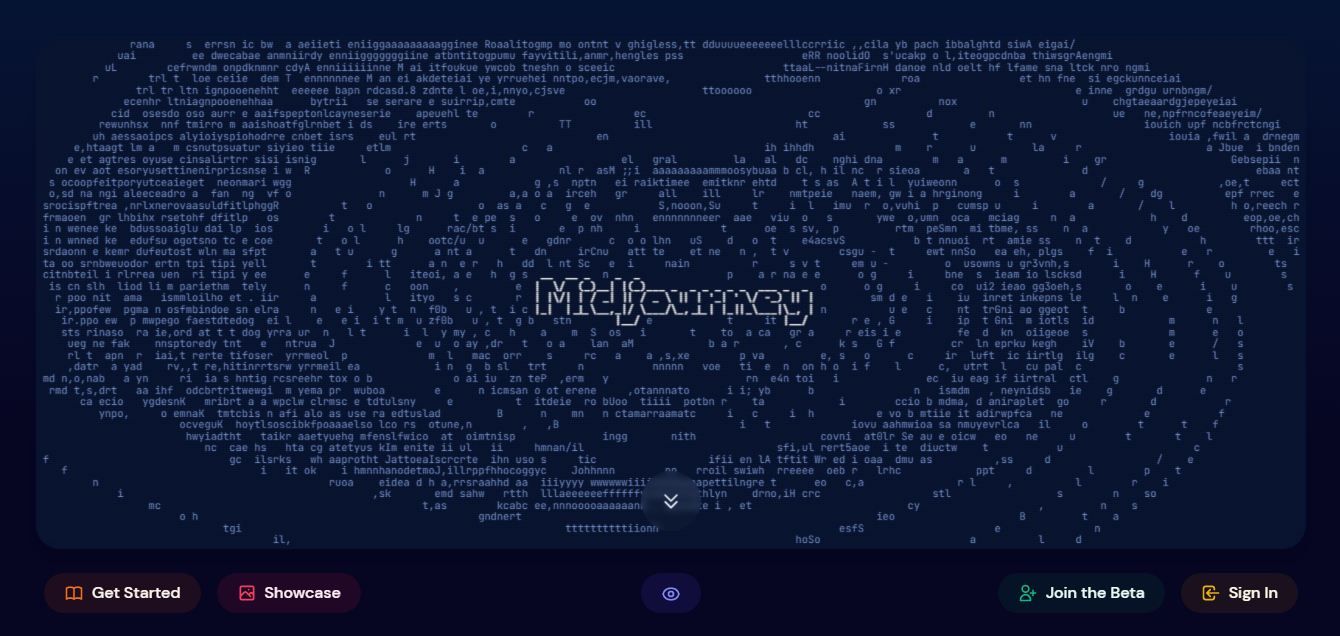Exploring the Frontier of AI Image Generator Tools
Artificial intelligence (AI) has revolutionized several industries, and picture production is one area where it has made considerable gains. The creative possibilities have expanded dramatically since the introduction of AI image generation technologies.
In this blog post, we will discuss three incredible cutting-edge technologies like Dale, Midjourney, and Dreamstudio. They are pushing the limits of what AI-generated graphics can achieve. These tools enable artists, designers, and those with modest artistic talents to generate attractive and personalized visual content thanks to their customizable choices and user-friendly interfaces.
Let's go on an enthralling voyage through AI-powered image production and how it can benefit human society.
What are AI Image Generator tools?
AI picture generator tools are vital software apps that create or enhance digital photographs using artificial intelligence algorithms. Deep learning models and neural networks are used in these techniques to create incredibly realistic, unique, and diversified graphics.
They can create images from scratch depending on user input, imitate specific artistic styles, or change existing images to get the required results. Customization options are standard in AI picture generator software, letting users adjust many aspects of the created images, such as colors, forms, textures, and composition.
These technologies have transformed the creative process, allowing users to effortlessly create professional-quality pictures without the need for considerable design skills or expensive equipment.

Benefits of Using AI Image Generator Tools
- Time and Cost Savings
AI picture generator technologies can drastically minimize the time and cost of making or locating high-quality photographs. Users can make bespoke photos quickly and cheaply instead of engaging photographers or graphic designers or spending hours searching for the correct image.
2. Creative Inspiration
AI picture generators are a great source of new and original ideas. They can generate visual notions that inspire and fuel creativity in artists, designers, and content creators, allowing them to explore new routes and overcome creative barriers.
3. Customization and Adaptability
AI picture generators provide various customization possibilities, allowing users to create images to their requirements and preferences. Users can change characteristics like style, color, composition, and more to create photos that match their logo, messaging, or artistic vision.
4. Consistency and Branding
AI image generators maintain visual asset consistency, which is critical for branding and marketing. Users can create a sequence of photos with a consistent style, ensuring a consistent and professional appearance across several platforms and campaigns.
5. Accessibility and Inclusivity
AI picture generators make visual content creation more accessible to a broader audience. These tools do not require extensive design skills, allowing those with little artistic abilities to generate visually pleasing images. This encourages diversity, empowers non-designers, and nurtures innovation in various cultures.
Top 3 AI Image Generator tools
# 1. DALL-E

DALL-E, developed by OpenAI, is a groundbreaking AI image generator that pushes the boundaries of visual content creation. Combining Salvador Dalí and Wall-E in its name, DALL-E showcases its ability to generate surreal and imaginative images based on textual descriptions.
Powered by a massive generative adversarial network (GAN) and a variant of the Transformer architecture, DALL-E is trained on extensive image and prompt datasets, enabling it to understand the correlation between text and visuals.
DALL-E's most remarkable feature is its capability to generate unprecedented images. By providing detailed textual descriptions like "an armchair shaped like an avocado," DALL-E produces visually coherent outputs that match the prompts, demonstrating its proficiency in translating intricate concepts into captivating visuals.
DALL-E has garnered recognition for creating stunning and dream-like images, inspiring artists, designers, and researchers across various domains. It finds applications in visual storytelling and concept design, encouraging creative exploration.
It is essential to acknowledge DALL-E's limitations. It relies on the training data and may sometimes be accurate or realistic. Minor alterations in input phrasing can lead to different results. Nonetheless, DALL-E represents a significant leap forward in AI image generation, broadening our understanding of artificial intelligence's creative potential.
# 2 Midjourney

Midjourney is a fantastic AI image generator tool known for its advanced capabilities in visual content creation. Developed by a team of researchers, MidJourney combines deep learning techniques and generative models to produce unique and high-quality images.
One of the critical features of Midjourney is its ability to generate diverse and customizable images. Leveraging deep neural networks, it can create a wide range of visuals, from realistic scenes to abstract compositions, offering extensive creative possibilities.
Midjourney excels in providing a user-friendly interface and intuitive controls. Users can easily manipulate parameters like color schemes, textures, and styles, achieving their desired aesthetic outcomes. This level of customization empowers artists, designers, and individuals to generate personalized and visually stunning images effortlessly.
Built on comprehensive training data, Midjourney ensures the production of coherent and visually pleasing outputs. Whether for digital artwork, user interface design, or marketing materials, MidJourney offers a versatile solution for various creative applications.
With its powerful features and user-centric approach, Midjourney has become an invaluable tool in AI image generation. It empowers users to explore their artistic vision, save time and resources, and unlock new possibilities in visual content creation.
# 3 Deep Dream Generator

Deep Dream generation is a fantastic AI image generation tool that pushes the limits of creativity and research in the field of artificial intelligence. It transforms regular photographs into mesmerising works of art using powerful algorithms and deep learning skills.
Deep Dream Generator allows users to edit and improve photos, giving them a weird and dreamlike feel, by leveraging the power of neural networks. The capacity of the programme to extract patterns and textures from existing photos and apply them in novel and unexpected ways opens up a whole new realm of artistic creation.
Deep Dream Generator piques the imagination and enables users to explore unexplored territory, whether it's changing landscapes into abstract masterpieces or portraiture into psychedelic visions. It represents a remarkable advancement in AI image generation, offering a playground for artists, photographers, and enthusiasts to explore the limitless possibilities of artificial creativity.
With its powerful tools, collaborative features, and accessibility, Deep Dream Generator paves the way for endless possibilities in visual content creation.
How do AI image generators work
Here is the comprehensive procedure of how the AI image generators work.
- Training Phase
The AI model is exposed to a vast dataset of photos during the training phase. This dataset provides information and trends for the model to learn from. Images from various genres, styles, or artists may be included in the dataset.
2. Feature Extraction and Learning
Colors, forms, textures, and patterns are among the features extracted by the AI model from the training photos. It learns to recognize and comprehend the images' underlying patterns and relationships. Convolutional neural networks (CNNs) are commonly used for this, as they excel at extracting visual characteristics.
3. Model Architecture selection
The AI model used for image generation is determined by the technique used. Generative adversarial networks (GANs), variational autoencoders (VAEs), and transformers are other standard models. Each building has its strategy to image generation, which may emphasize realism, inventiveness, or style transfer.

4. General Process
Once trained, the model may produce new images responding to various inputs or prompts. Depending on the AI model, the specific input can differ. Some models, for example, may accept textual descriptions as input, while others may demand an initial random noise vector.
5. Neural network inference
The trained AI model generates images using its gained information during the generating process. It creates new image content by combining extracted features and learned associations. Depending on the design, the model can develop pixels one by one or many simultaneously.
6. Iterative Refinement
The first output of the AI model may be flawed or align with the expected output in many circumstances. As a result, iterative refining techniques are frequently used to improve the generated images. Additional processing steps, post-processing filters, or feedback loops can all be used to increase the quality and coherence of the resulting images.
FAQs
- What are the applications of AI image generators?
They can be used to create digital artwork, graphic design, video production, and visual content for marketing materials, among other things.
2. Can artificial intelligence picture generators provide realistic images?
Advanced AI models may generate incredibly realistic visuals that closely mirror the training data's traits and styles.
3. Can AI image generators be customized?
Many AI picture generators allow users to change color schemes, textures, and styles to produce the desired results.
4. Can AI image generators work together?
Some systems promote cooperation by allowing users to share, remix, and expand on generated images, thereby cultivating a creative community.
Conclusion
Finally, AI image generators revolutionize visual content creation by allowing users to explore their creativity, save time, and discover new possibilities. These tools provide realistic and visually beautiful outputs thanks to their user-friendly interfaces and adjustable capabilities.
They are now indispensable in digital artwork, graphic design, and marketing. AI picture generators, which are collaborative and available across devices, push the frontiers of creativity by bringing visual ideas to life.
How much is a great User Experience worth to you?
Browsee helps you understand your user's behaviour on your site. It's the next best thing to talking to them.


